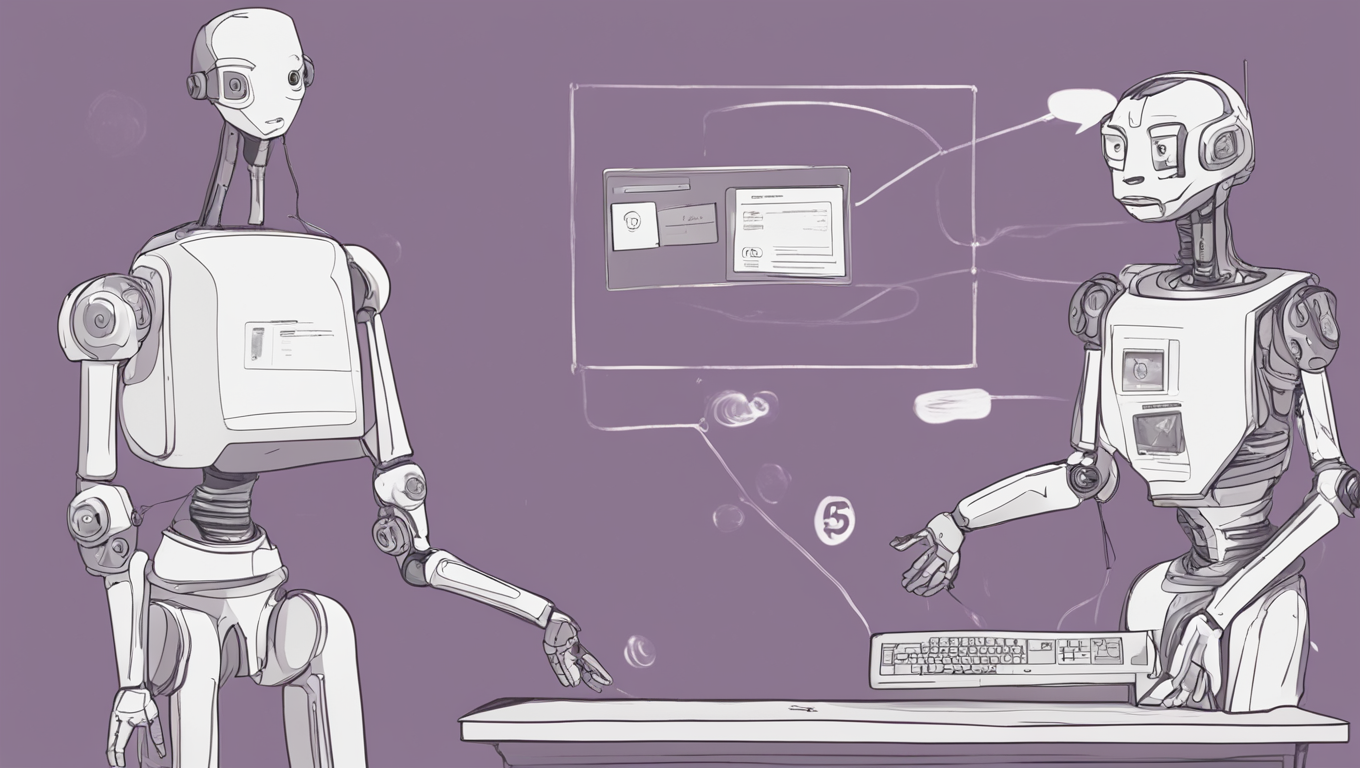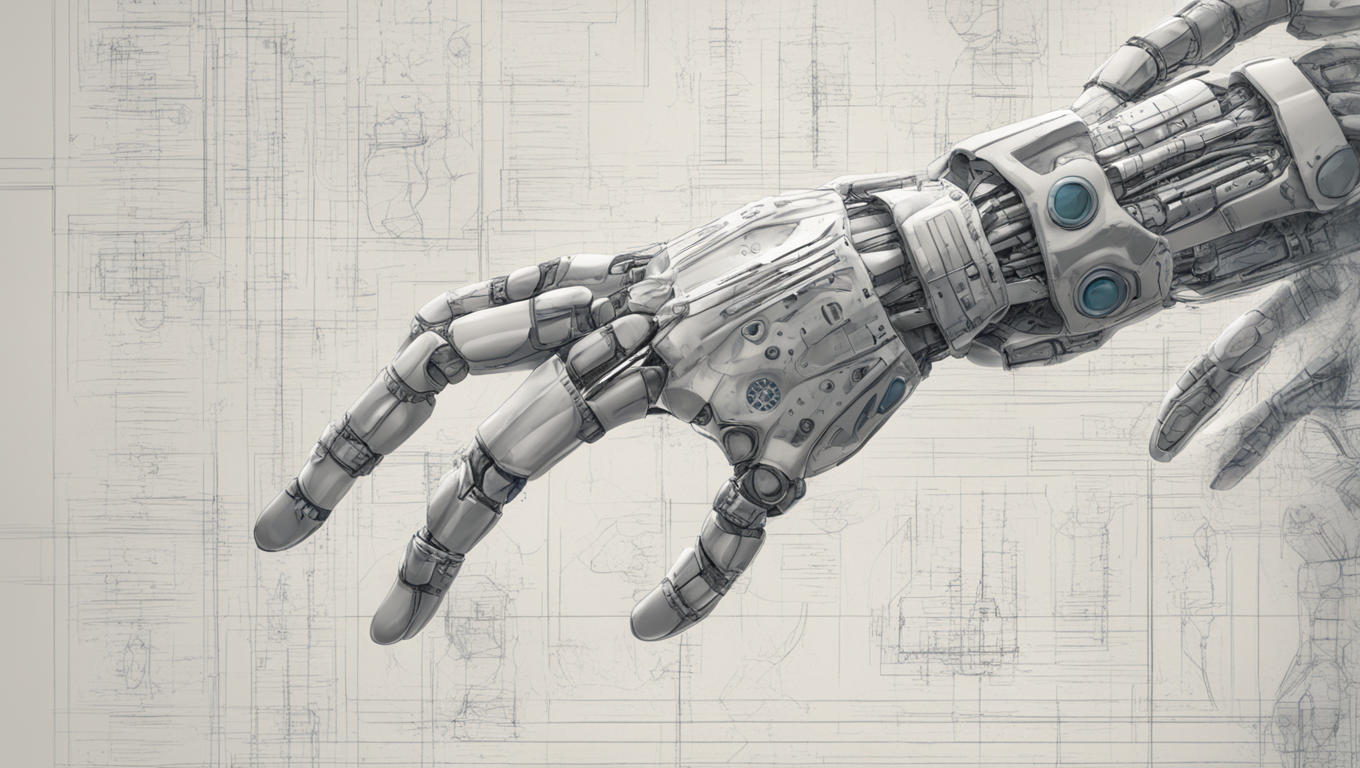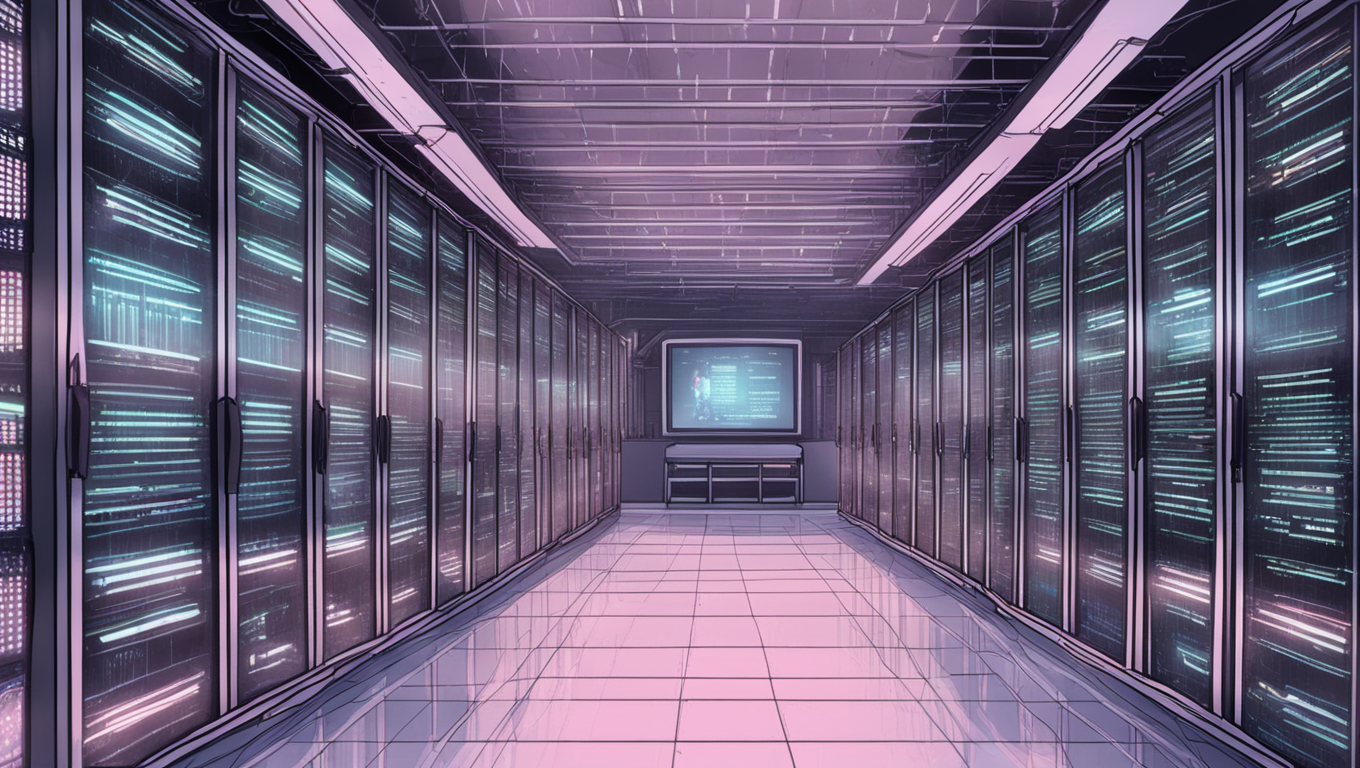It seems like only yesterday that we were introduced to OpenAI’s ChatGPT and Meta’s Llama system, two remarkable chatbot technologies that have revolutionized human-machine interaction. But the future is always evolving, and these chatbot systems are no exception. OpenAI’s upcoming GPT-5 and Meta’s Llama-3 are set to redefine the boundaries of artificial intelligence and take human-machine interaction to new heights.
The technology behind these chatbot systems is called a large language model (LLM). These models, designed to mimic the human brain, are artificial neural networks capable of generating text and performing language processing tasks. They acquire their abilities through an intensive training process, where they are exposed to vast amounts of data in order to improve their performance.
GPT-5, the successor to GPT-4, will not only be capable of understanding images and text, but it will also have superior capabilities with different languages. This means that non-English speakers will be able to communicate and interact with the system more effectively, including better language translation. GPT-5 will also have improved reasoning capabilities, allowing it to analyze more complex data sets and solve more sophisticated problems. This will enable the AI system to provide users with more accurate information, such as suggesting possible medical conditions based on symptoms described by the user.
One of the most significant improvements of GPT-5 is its ability to process up to 50,000 words at a time, double the capacity of GPT-4. This makes it even better equipped to handle large documents and provide users with more comprehensive responses. Additionally, GPT-5 will feature a higher level of emotional intelligence, allowing for more empathic interactions. This could be particularly useful in customer service settings.
Furthermore, GPT-5 will go beyond the capabilities of a typical search engine by generating new content instead of just extracting information from existing repositories. This will make it a more reliable and innovative source for learning. The language model has also undergone efforts to minimize biases, ensuring more fairness and inclusion in the content it generates. Moreover, GPT-5 will be able to interact intelligently with other devices and machines, creating smarter environments at home and in the workplace.
In the world of the Internet of Things, where devices are interconnected, GPT-5 will be more compatible and able to share information more effectively. This will also support the concept of industry 5.0, where humans and machines work interactively in the same workplace. Additionally, GPT-5 will feature enhanced security protocols, making it more robust against malicious use and mishandling. This could potentially enhance email security by enabling users to recognize potential data breaches or phishing attempts.
Meta’s Llama-3, on the other hand, presents several improvements compared to its predecessor, Llama-2. With 400 billion parameters, Llama-3 is a more capable model. It is multimodal, capable of processing and generating text, images, and video. This will allow it to provide detailed descriptions of images, create new images based on user prompts, and handle tasks in languages other than English.
Meta plans to launch Llama-3 in different versions to work with various applications, including Google Cloud. Basic versions will be rolled out soon, with the most advanced version expected to be released next summer.
The development and release of these upgraded chatbot systems have the potential to revolutionize generative AI. Not only will they change the way we interact with machines, but they could also transform industries and societies on a global scale. From healthcare and communication to work and learning, the impact will be significant. Businesses and organizations will become more efficient, effective, and agile, leading to increased profitability.
As the transition to this new generation of chatbots takes place, we can only imagine the endless possibilities and advancements that lie ahead. The future of human-machine interaction is brighter than ever, and we are on the brink of a truly transformative era.





Use the share button below if you liked it.